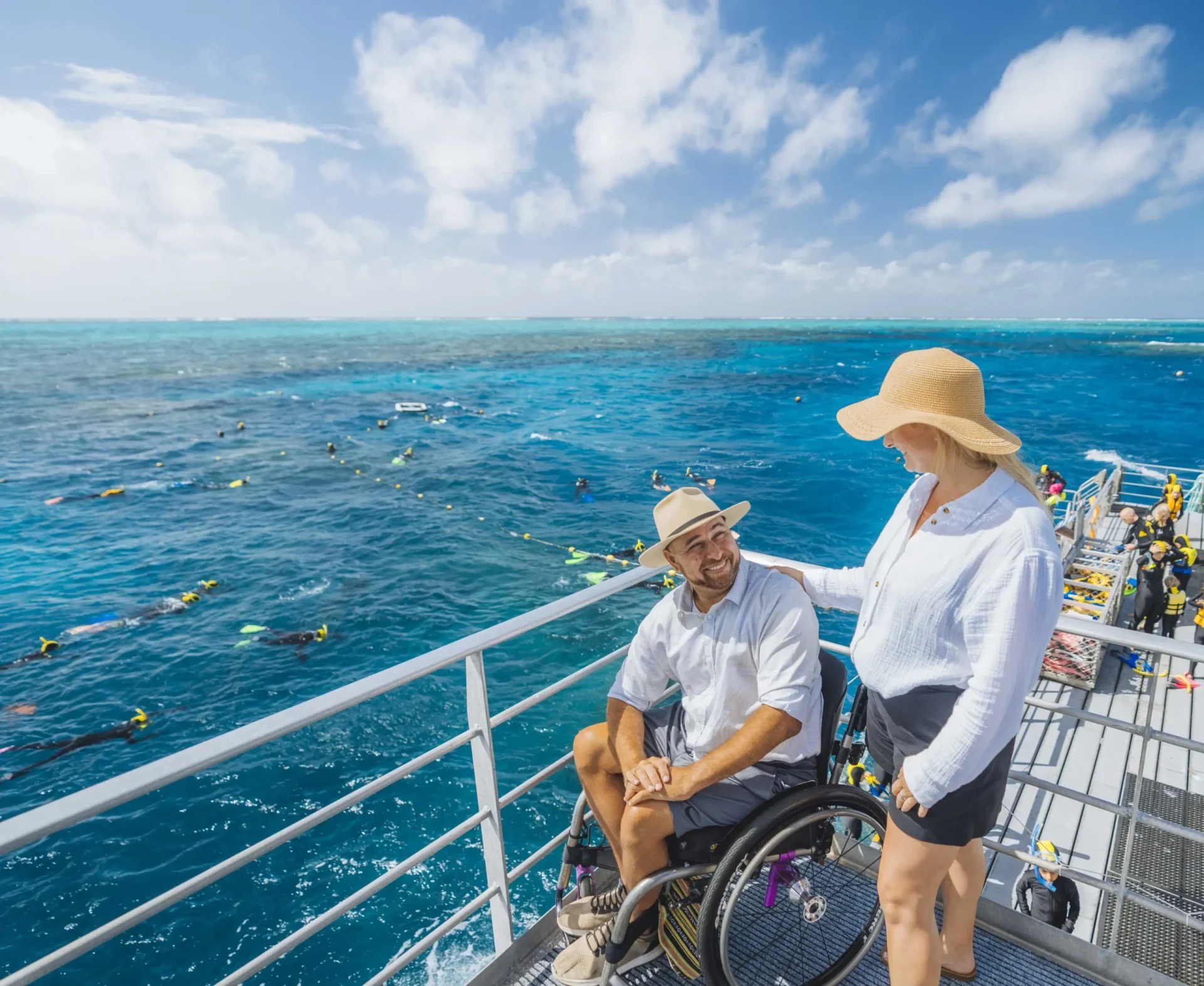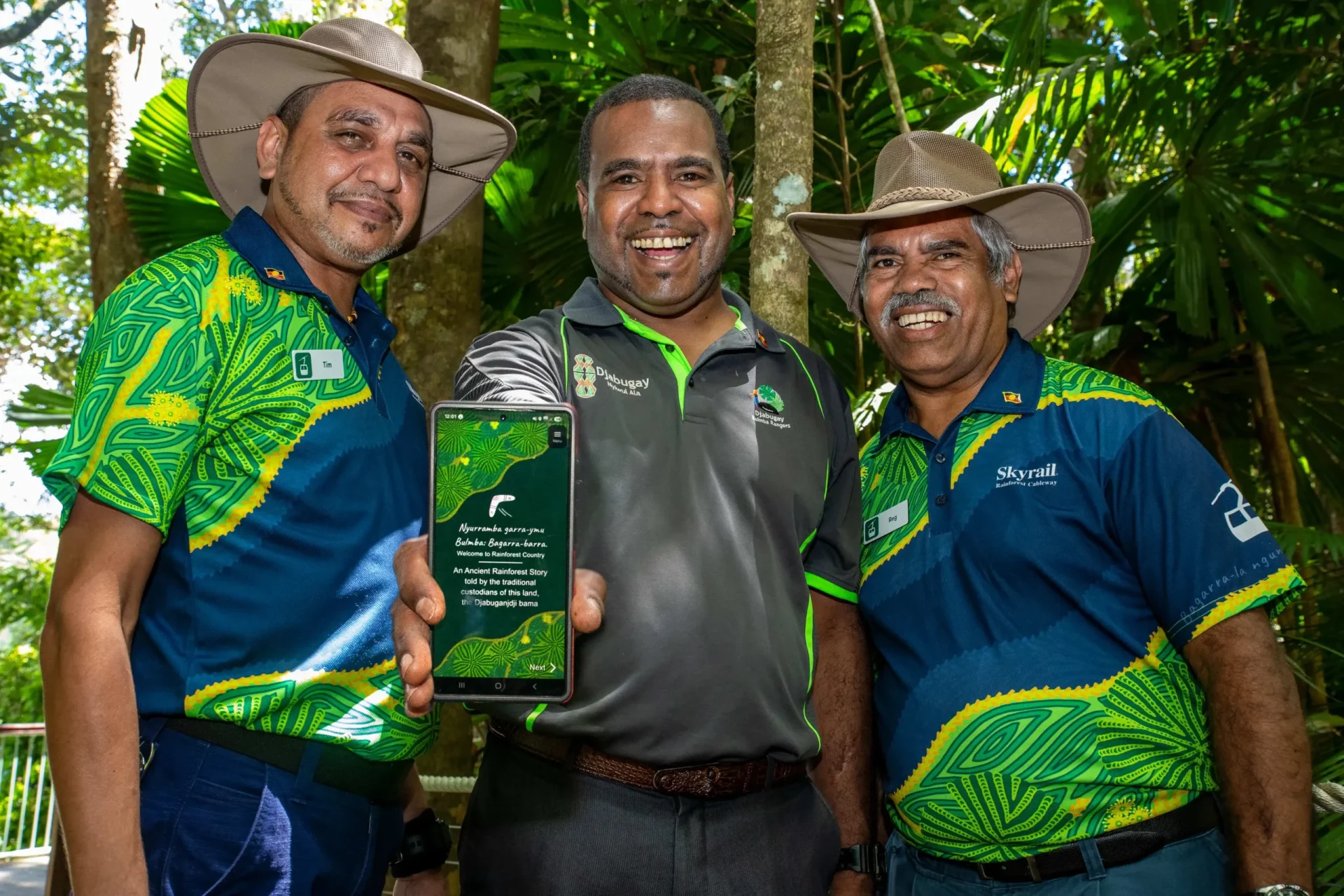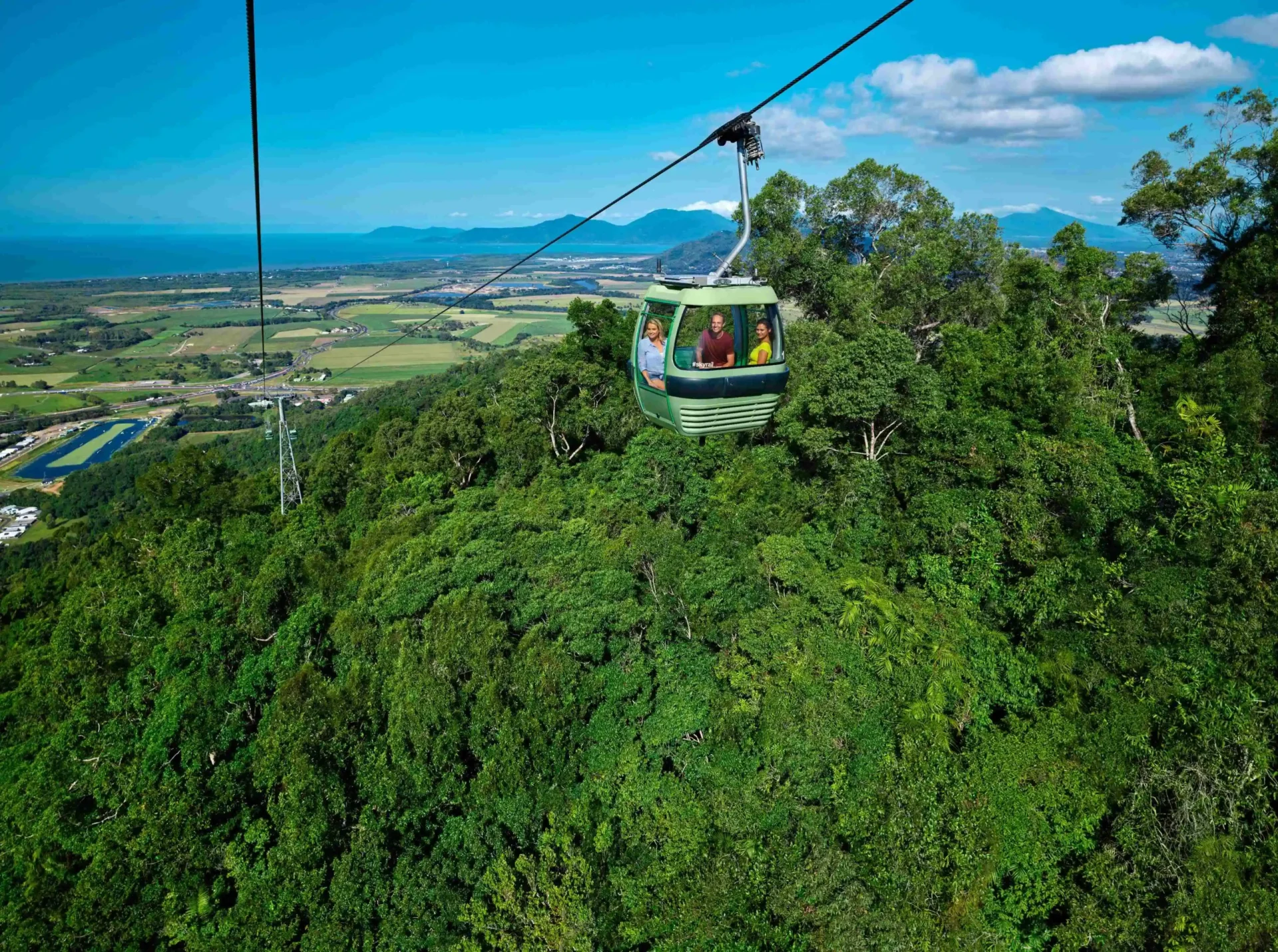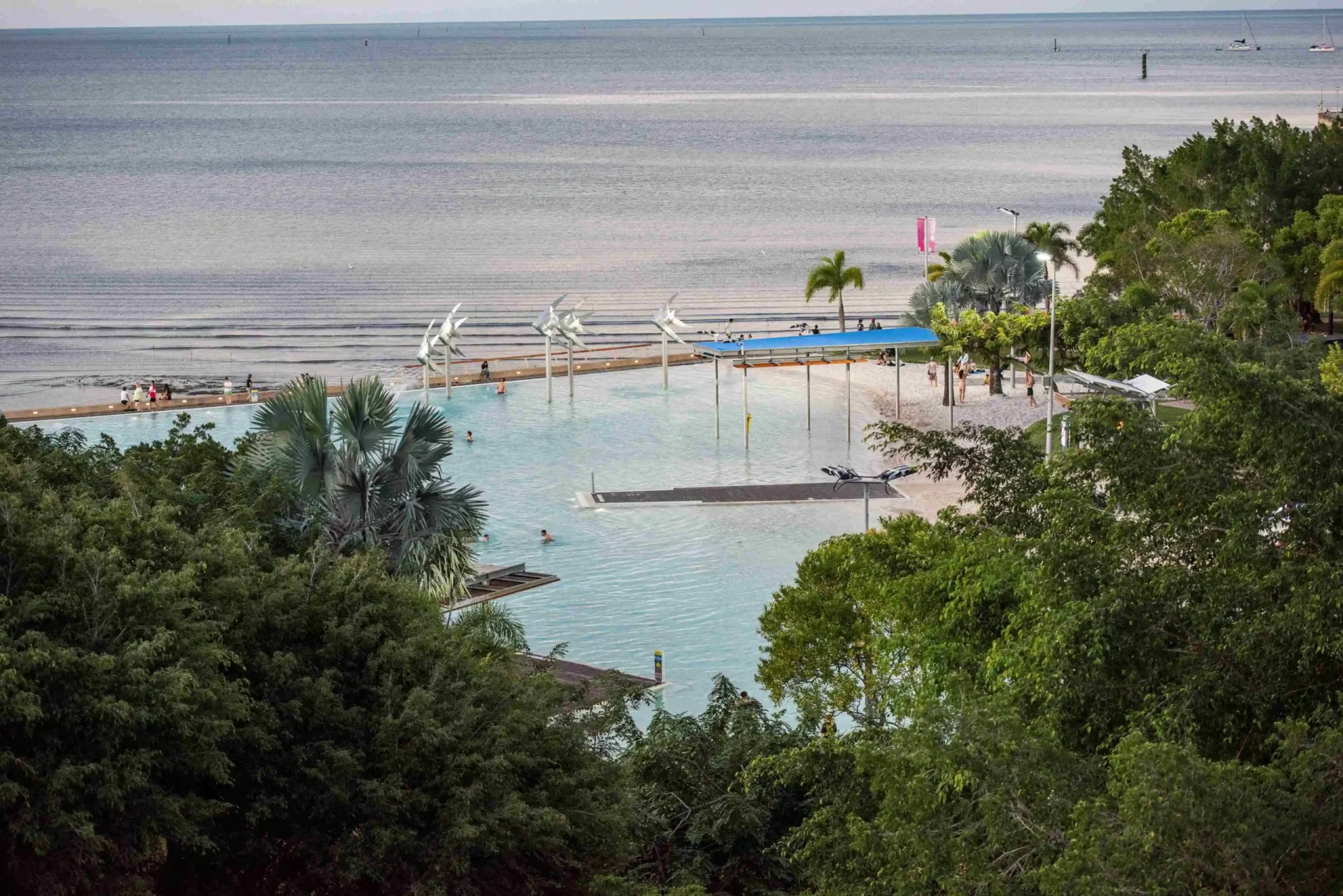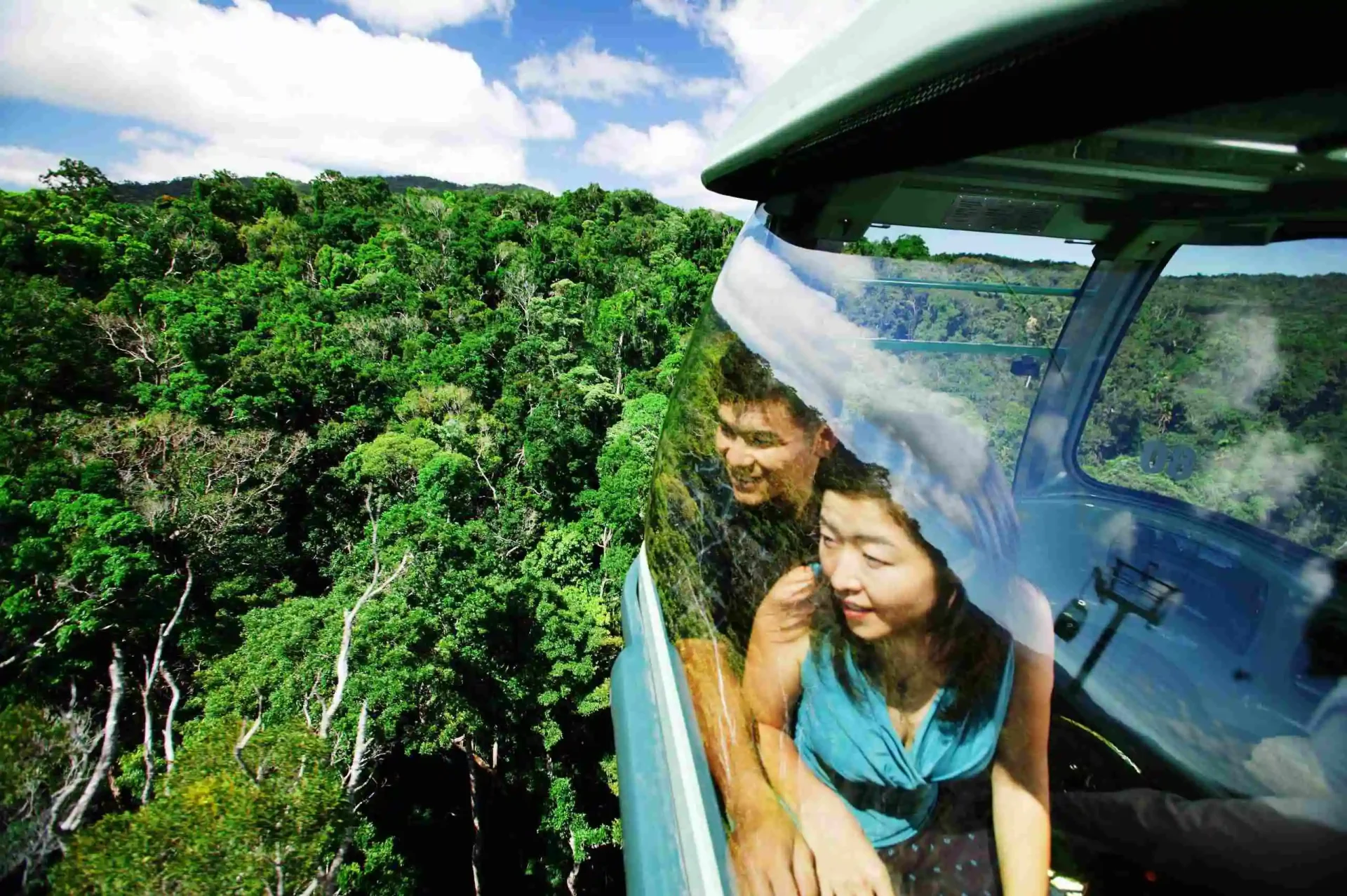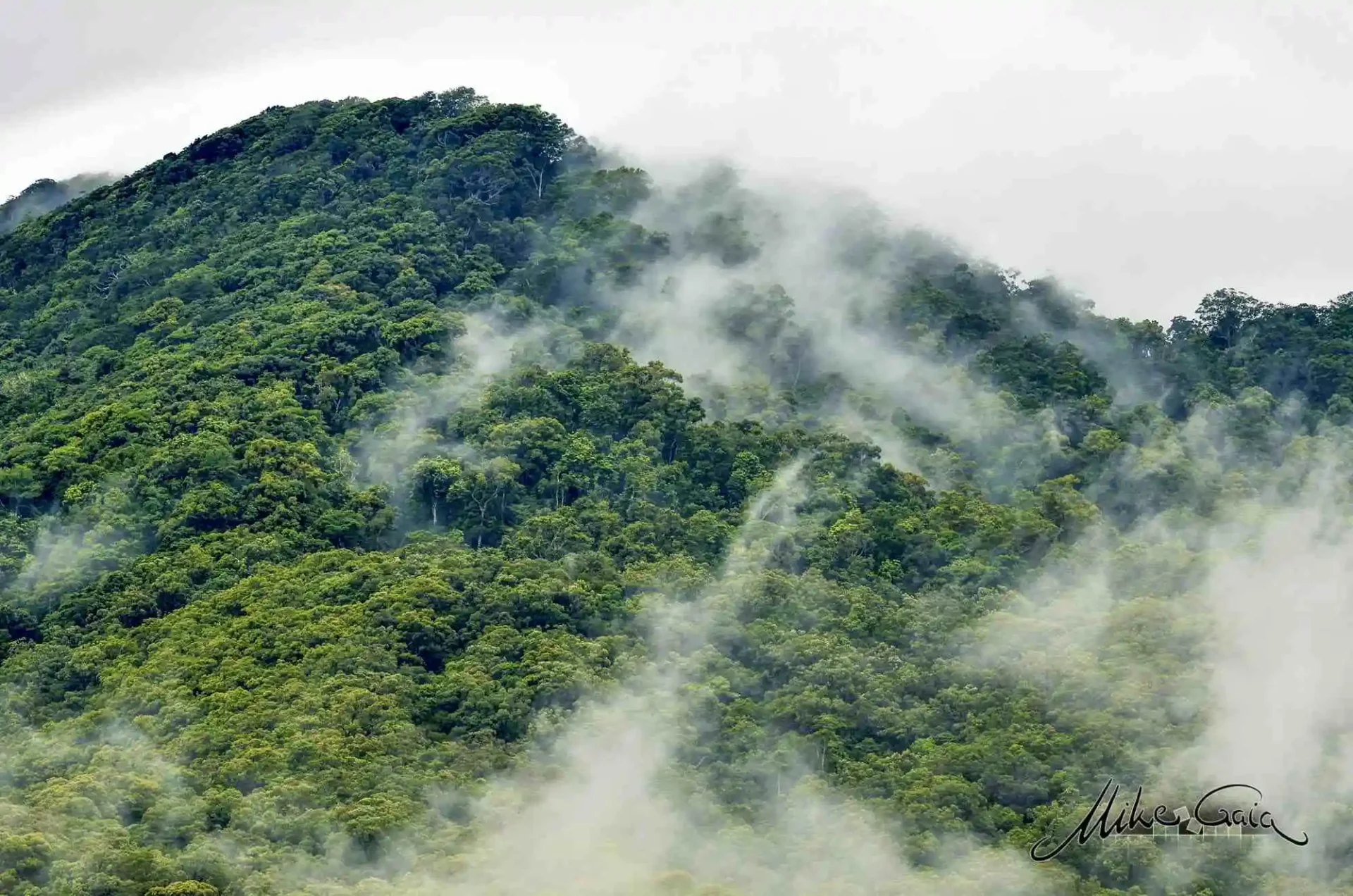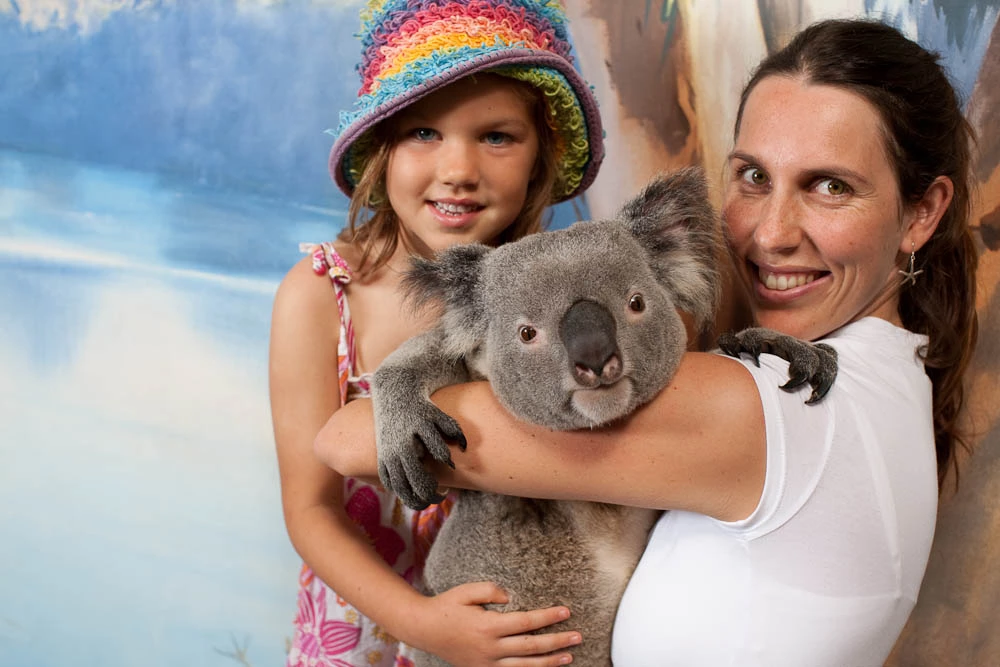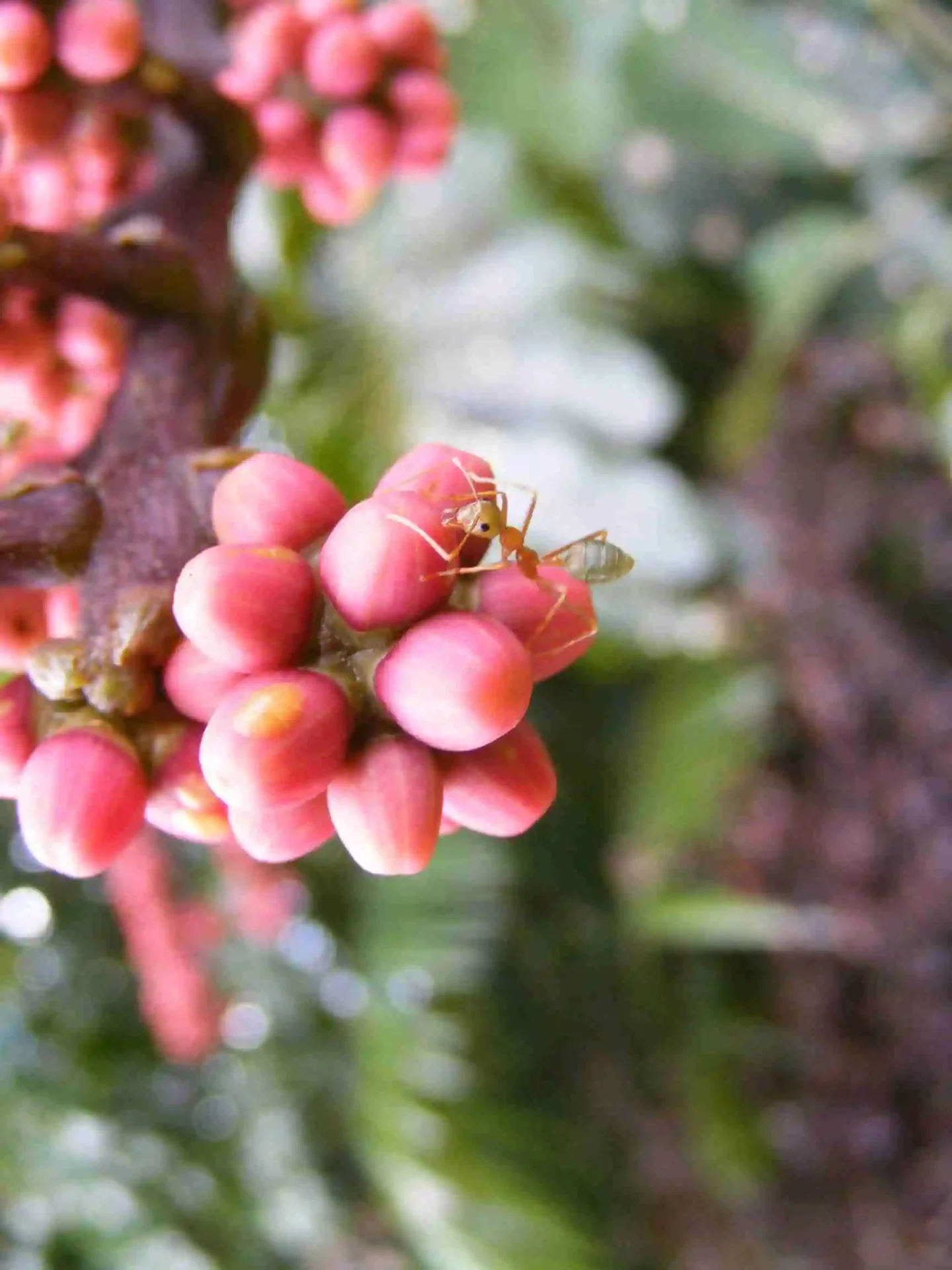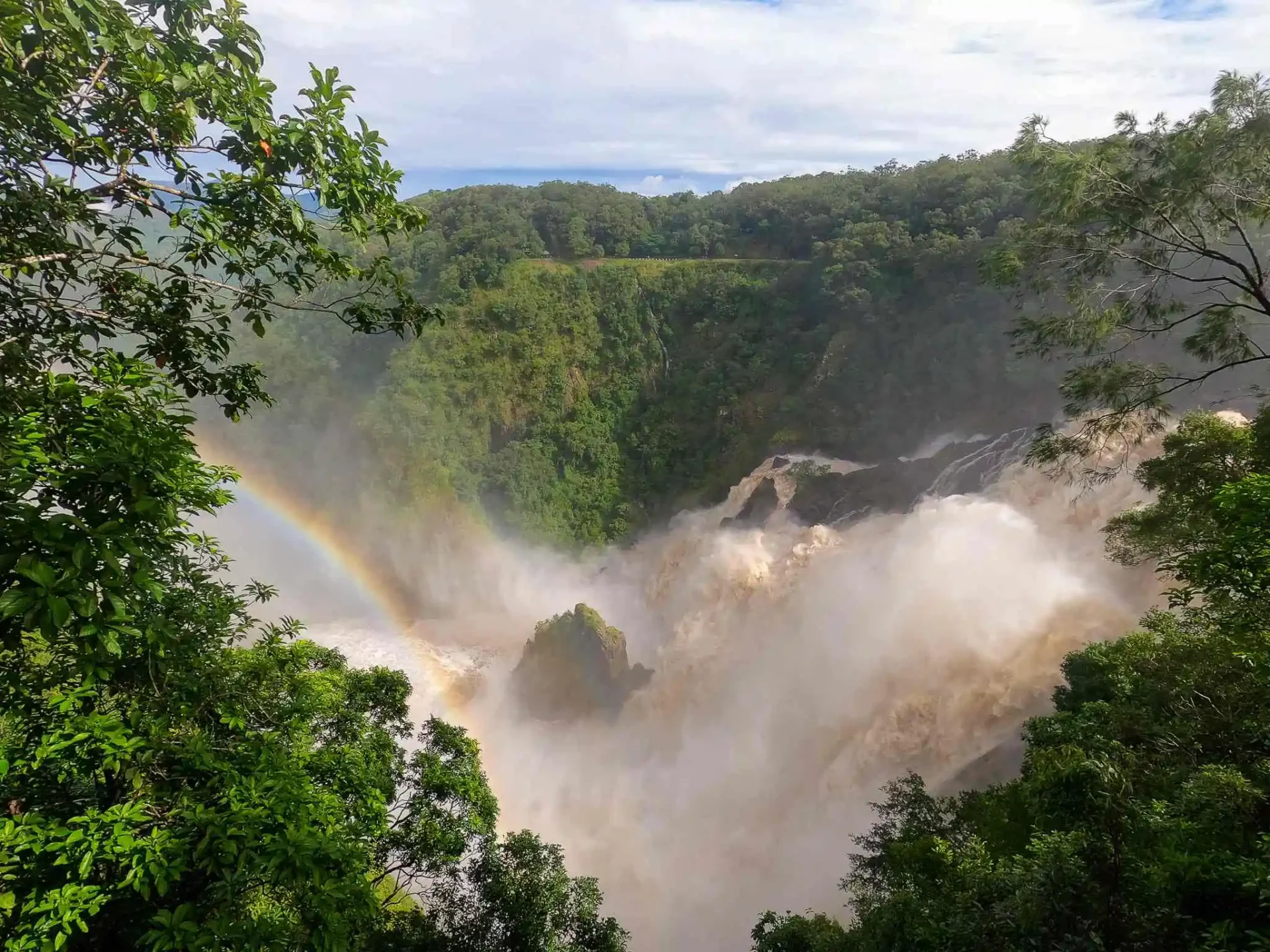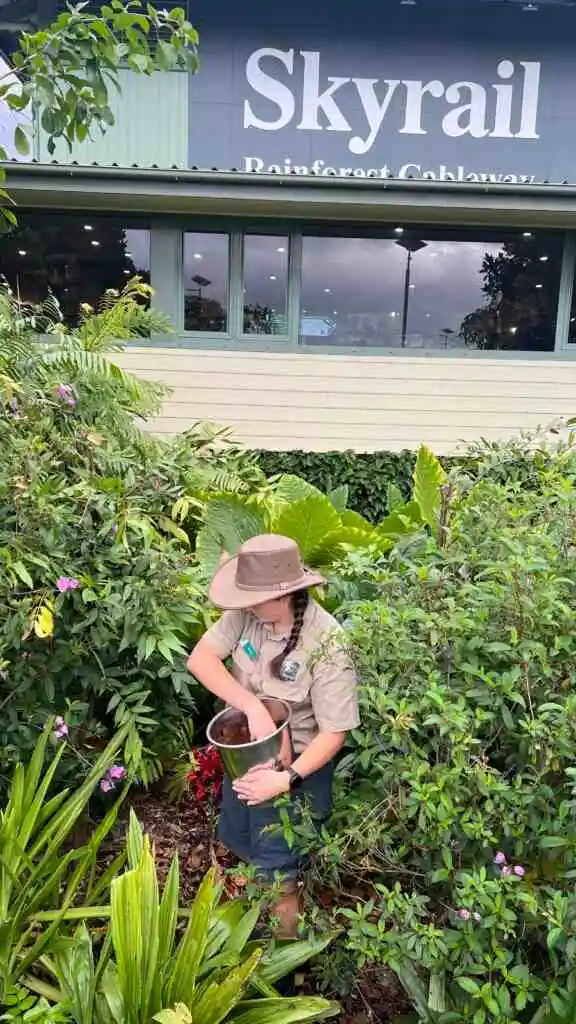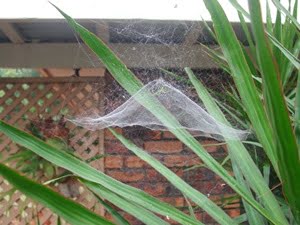Rich biodiversity of the tropical rainforest
The tropical rainforest, a perfect example of biodiversity
What is tropical rainforest biodiversity?
When we talk about the biodiversity of the tropical rainforest we refer to rainforest life. The plants and animals, micro-organisms, their genes and the ecosystem in which they exist. Australia contains over 70% of the worlds biodiversity and the tropical rainforest is home to over 50%. More than half of the world’s species can be found making a home here, some of which are endemic and cannot be found anywhere else!

Family exploring at Red Peak Boardwalk
Ancient biodiversity
The Wet Tropics rainforest is a living natural and cultural wonder. The Wet Tropics rainforest is famous for its rugged mountain ranges which meet the coast. An area containing numerous vegetation communities such as rich rainforests, sclerophyll forests, woodlands, river systems, wetlands, coastal scrub and mangroves.
The Wet Tropics World Heritage rainforest contains one of the most diverse records of the major stages through evolution of land plants from over 200 million years ago. Recognised as the birthplace of kangaroos and home to the worlds first songbirds and flowering plants.
The rainforests biodiversity is rich in abundance and has created an ecosystem of over 3,000 plant species which provides a safe habitat for over 105 mammals, almost 200 reptiles, over 230 butterflies and more than 370 bird species.
Most impressive of these bird species is the Southern Cassowary, standing up to 1.7m tall and weighing up to 65kg. This impressive, flightless bird is Australia’s largest and plays an important role in regeneration of rainforest biodiversity. The ellusive cassowary eats fruits and berries which fall from the trees in the rainforest, and then redisperses these seeds as it travels, helping provide new growth within the ecosystem. The cassowary is one of the closest living species to dinosaurs and they look like one too! Their two-quilled feathers are not designed for flight but to protect them from their dense rainforest habitat such as sharp thorns on the vines. A large casque on their head made from Keratin, which is said to help them feel the vibrations from the calls of other Cassowaries. You might be lucky enough to see a Southern Cassowary when you stop at Red Peak and Barron Falls during your Skyrail experience.

Southern Cassowary spotted at Red Peak Station
It is because of this irreplaceable and outstanding rainforest biodiversity which makes it a World Heritage rainforest. There are over 2,800 plant species creating this tropical rainforest and more than 700 of these plants are endemic- only found here! There are 14 endemic mammals, 12 endemic birds and 30 endemic reptiles living in the tropical rainforest. Some of which can be seen from Skyrail Rainforest Cableway today, so keep your eyes peeled for some of these fascinating tropical rainforest residents.
We have so much more to share with you, so read part three of the blog to discover our endemic tropical rainforest residents.
Pt 3 | Discover tropical rainforest residents
Pt 4 | Explore Flora of the tropical rainforest
Back to Pt 1 | Wet Tropics World Heritage rainforest

